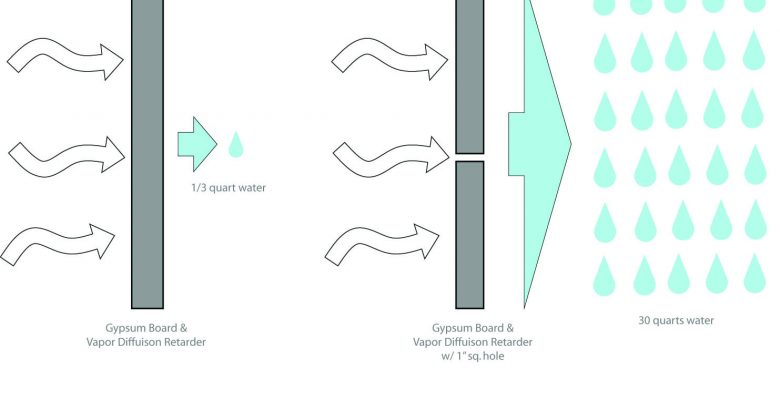This article describes the importance of the effect of heat flow and moisture on the building’s exterior enclosure. It provides a basic understanding of the concerns of why understanding heat flow and moisture is important to the design of exterior walls, its basic physics and traditional, yet obsolete solutions. It provides a technique for making intelligent exterior enclosure decisions regarding condensation using ASHRAE Standard 160 guidelines to specify performance-based design criteria. Also, it discusses the application of these criteria to computer software that uses the Transient Hygrothermal Behavior Method. ASHRAE Standard 160 can be used to establish and/or calculate the criteria for temperature, relative humidity and air pressure that may affect moisture (vapor) diffusion in wall assemblies, selecting analytical procedures and establishing evaluation criteria for the results of those analytical procedures. The Transient Hygrothermal Behavior Method can use the criteria established in ASHRAE Standard 160 to calculate the transfer of heat and moisture diffusion over time. WUFI (Wärme und Feuchte Instationär – Transient Heat and Moisture) is an analytical procedural software program that can be used in conjunction with ASHRAE Standard 160 evaluation criteria. The WUFI program allows realistic calculations of the Transient Hygrothermal Behavior of multi-layer building components exposed to natural climate conditions. ASHRAE Standard 160 and WUFI can be used in an iterative process and to find solutions where vapor pressure exceeds vapor saturation pressure. Essentially, WUFI, along with the criteria of ASHRAE Standard 160, can help the designer find appropriate solutions to prevent internal condensation, provide appropriate insulation and locate suitable positions for air barriers.
This article originally appeared in Vol 02.01 of the Perkins+Will Research Journal.CLICK HERE to see the whole article.

